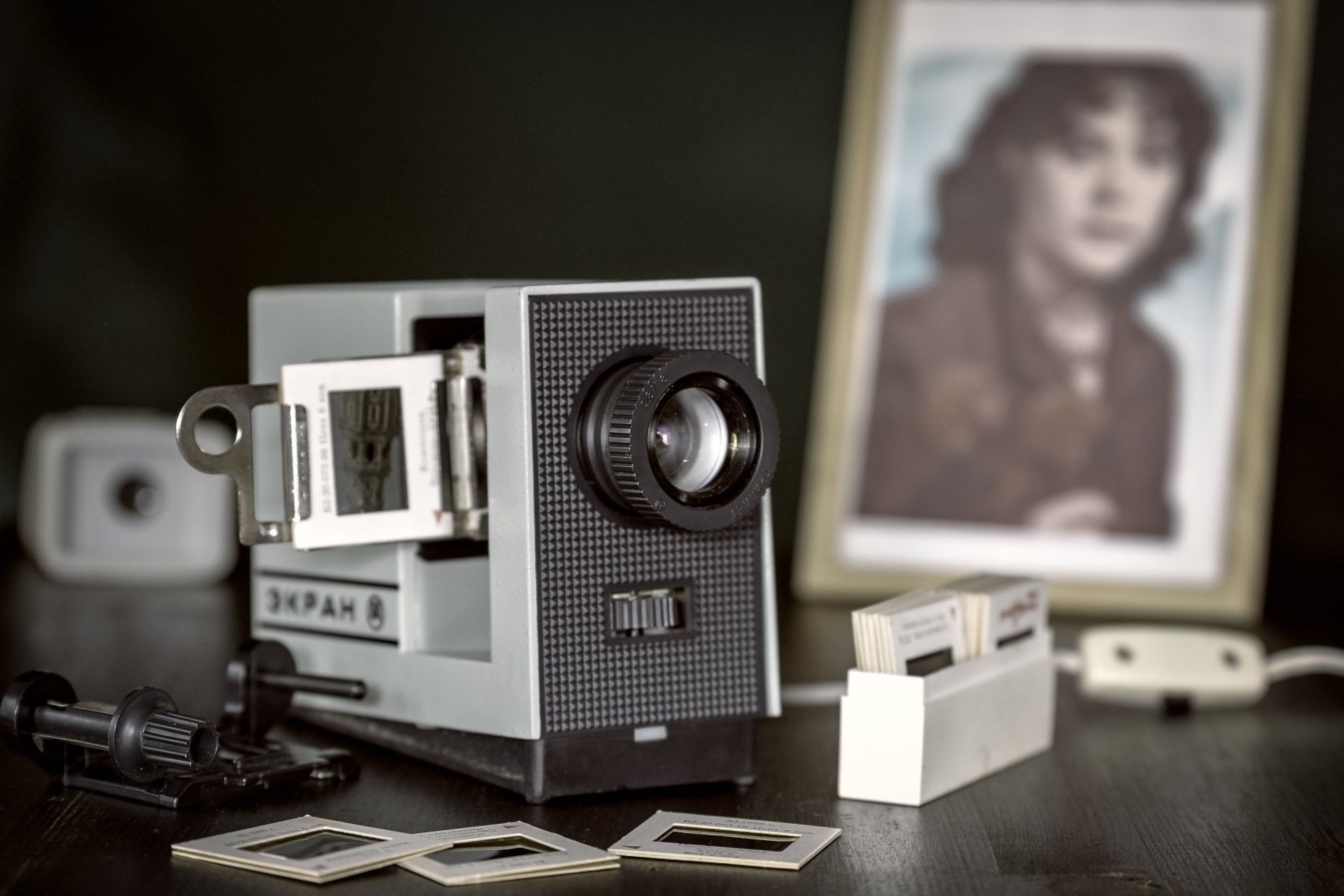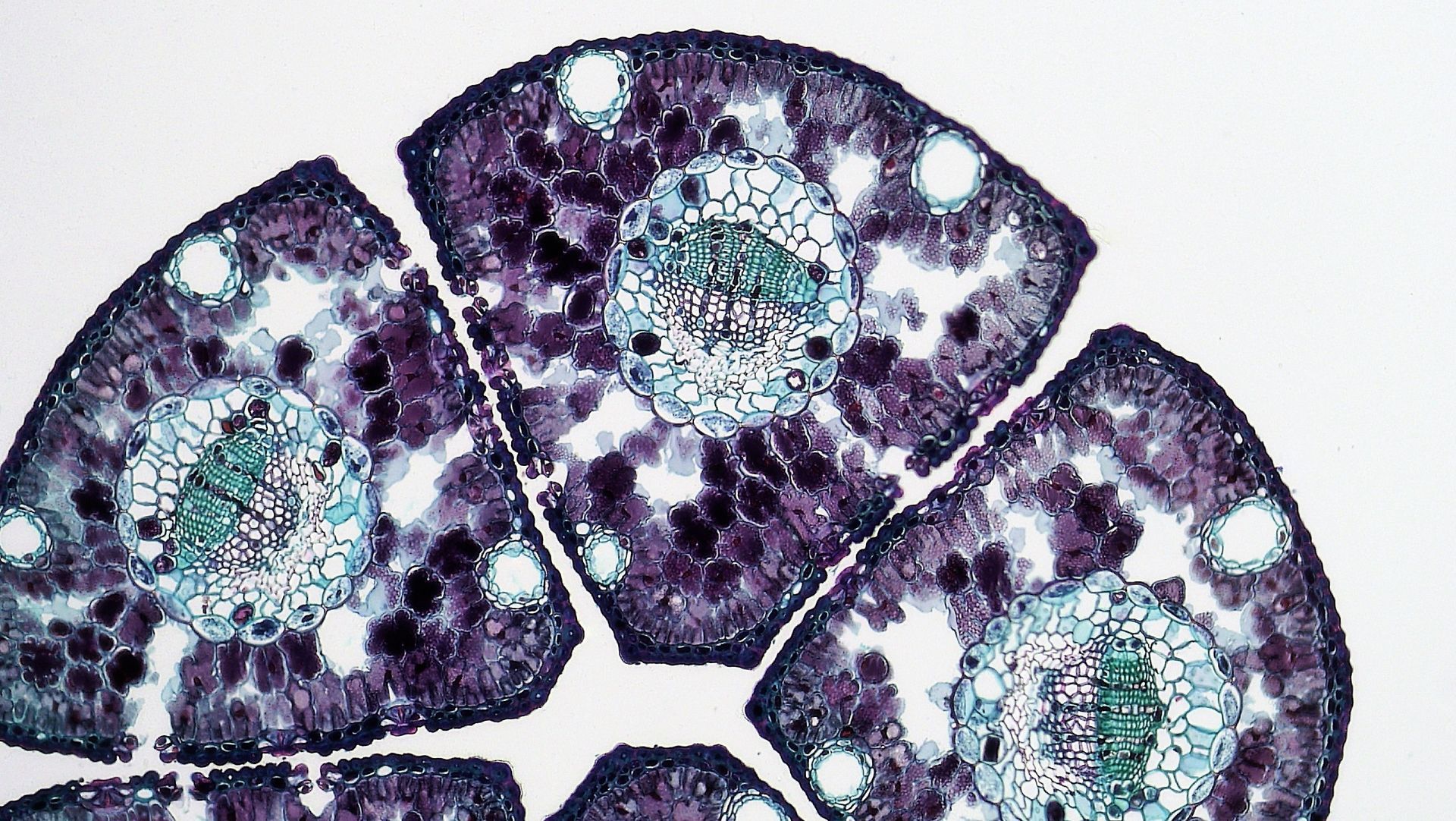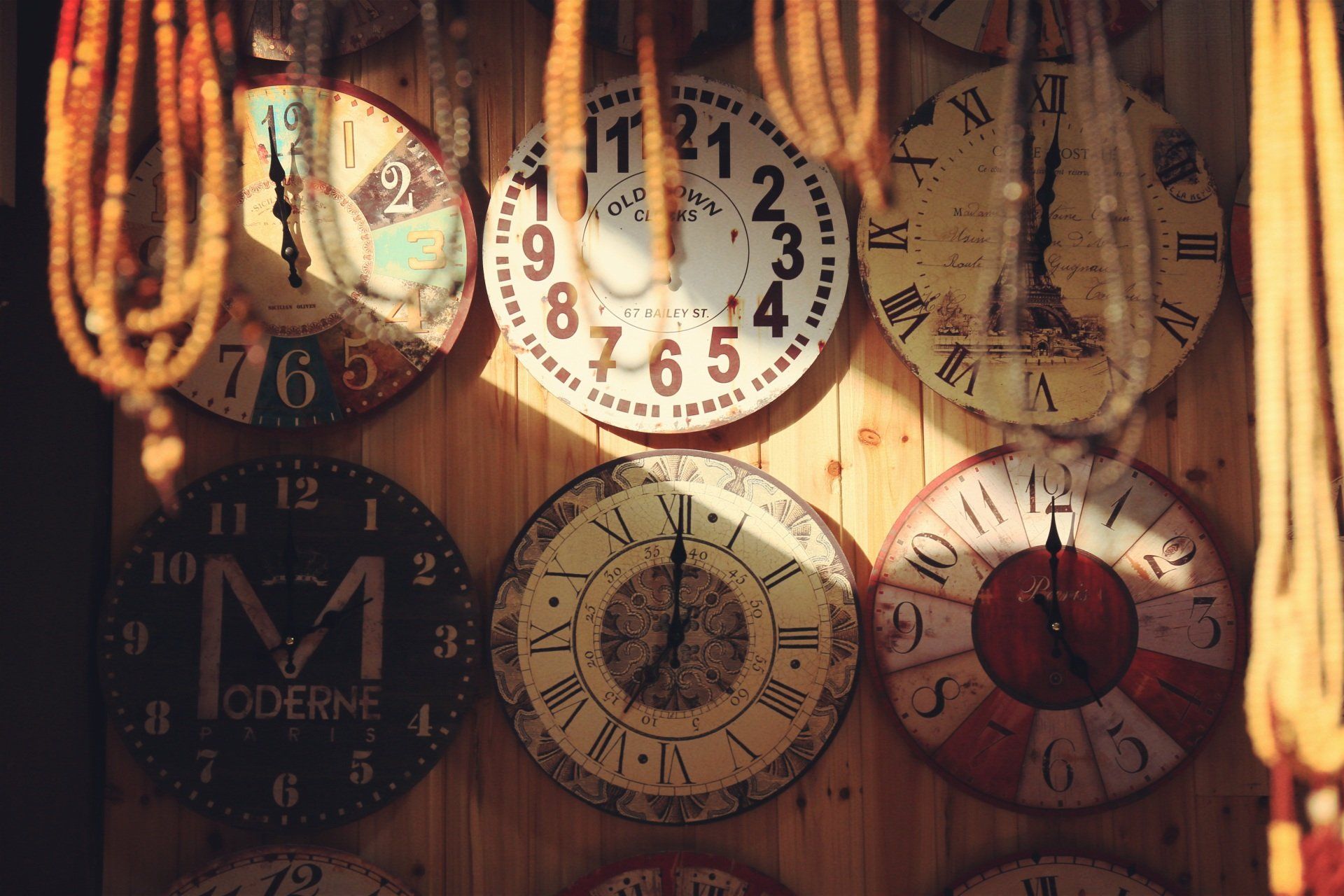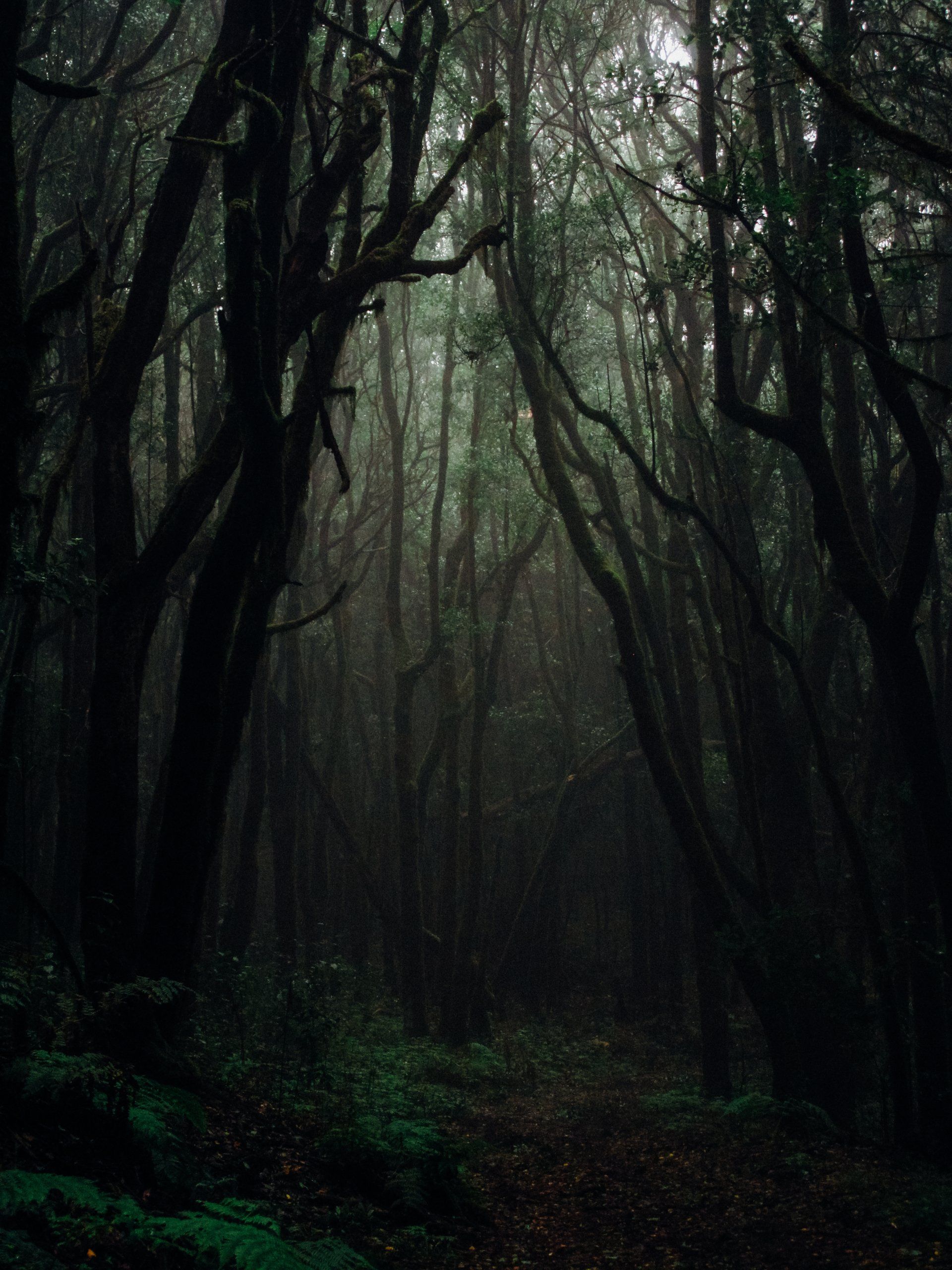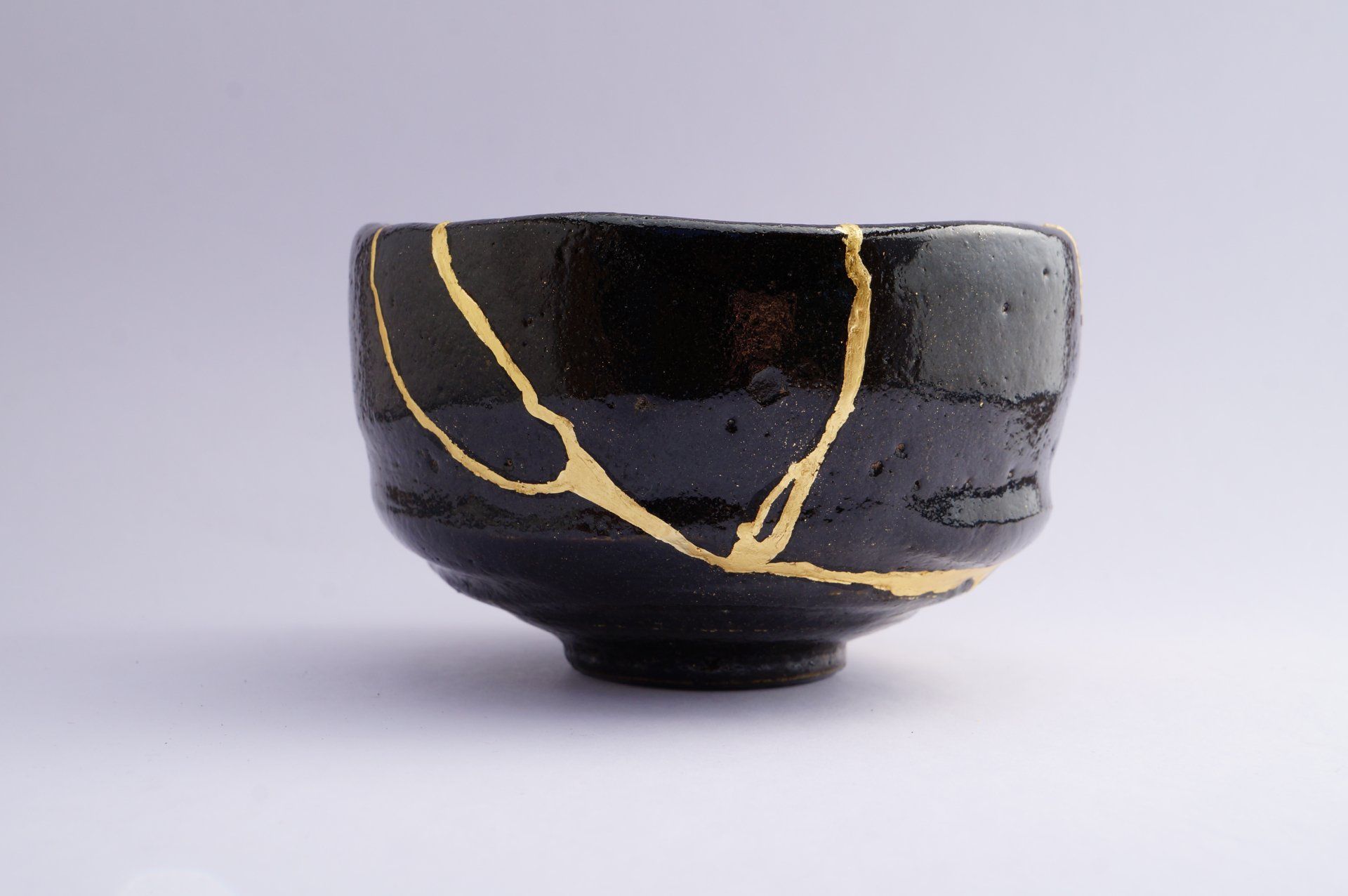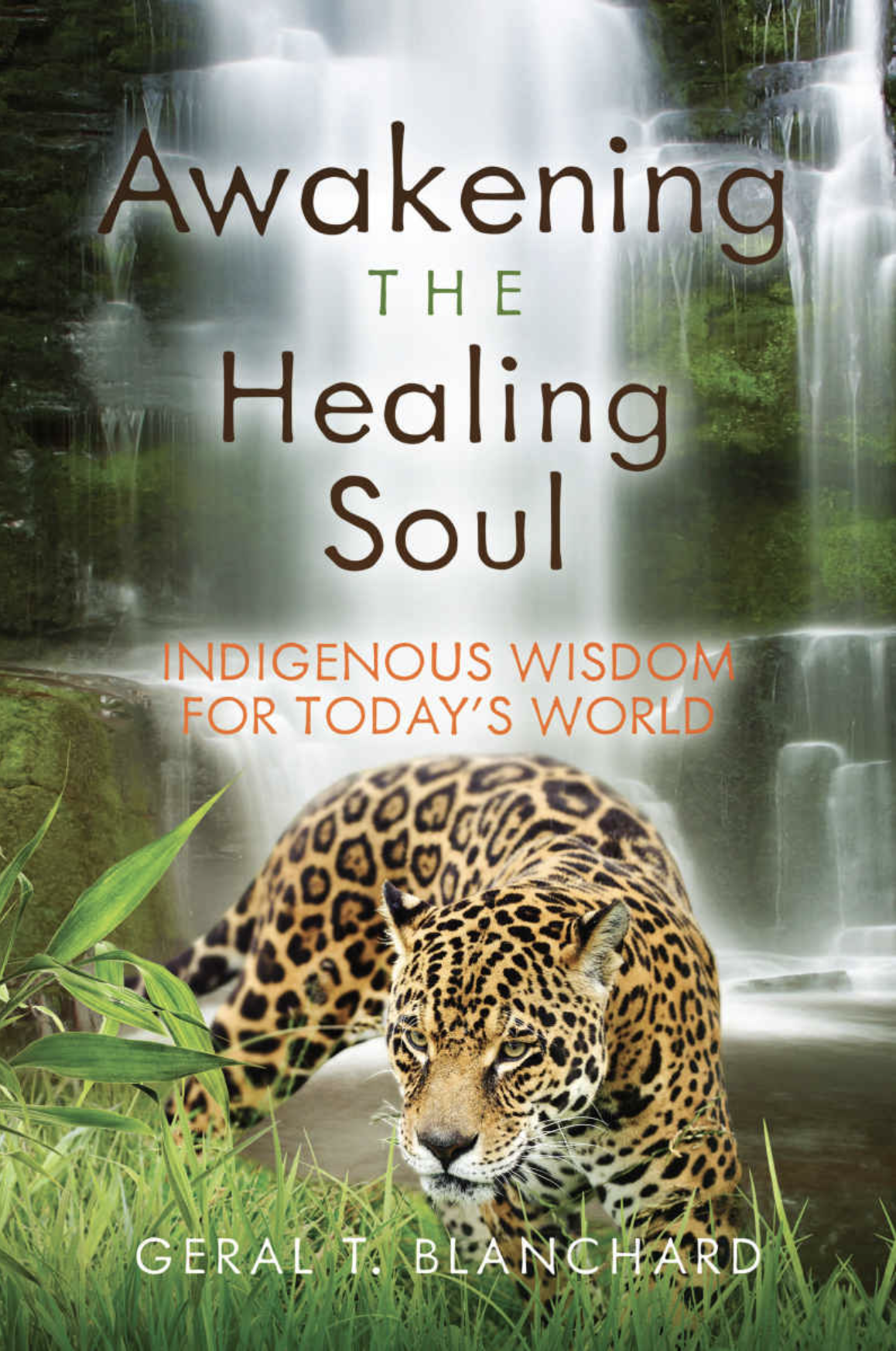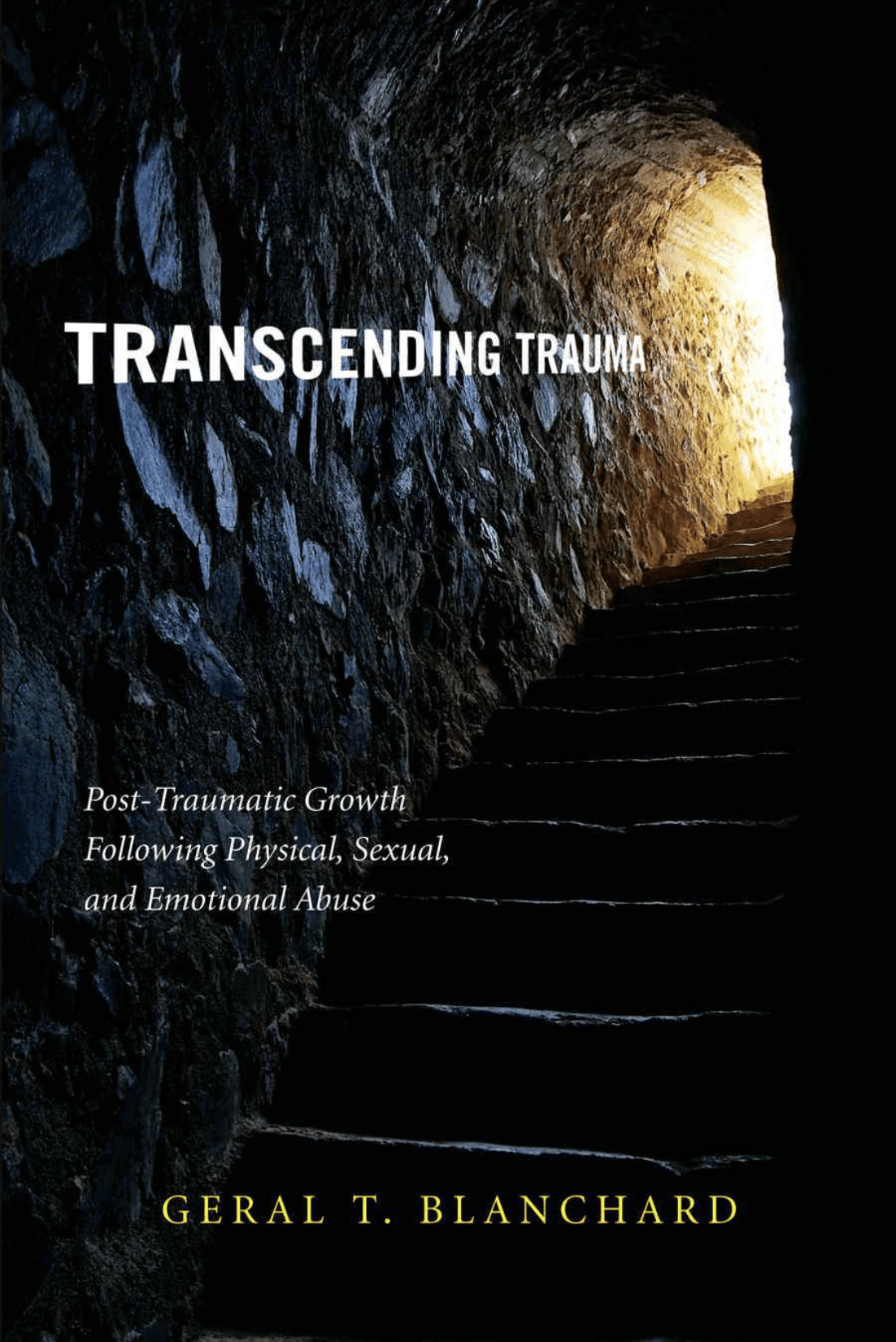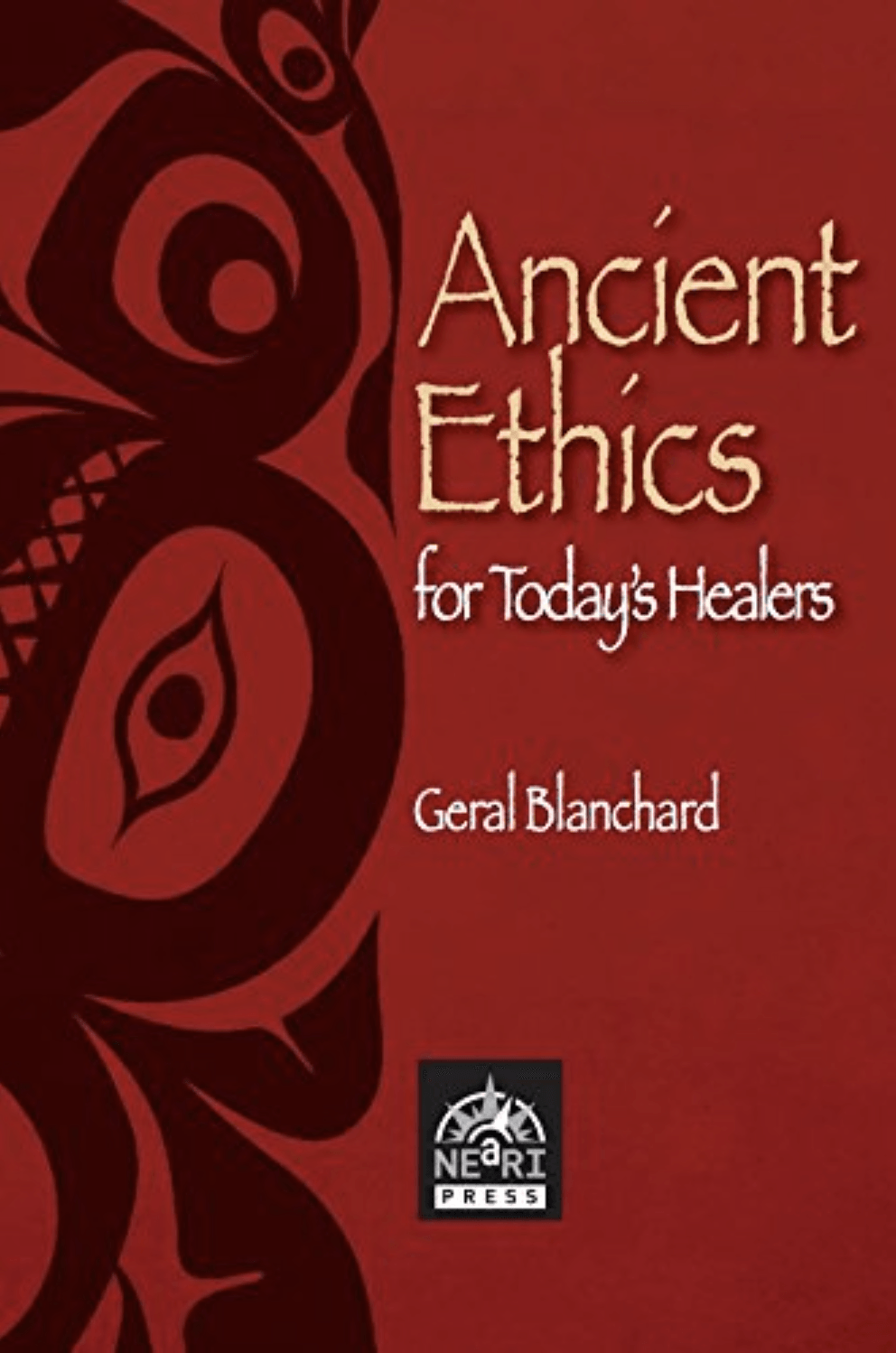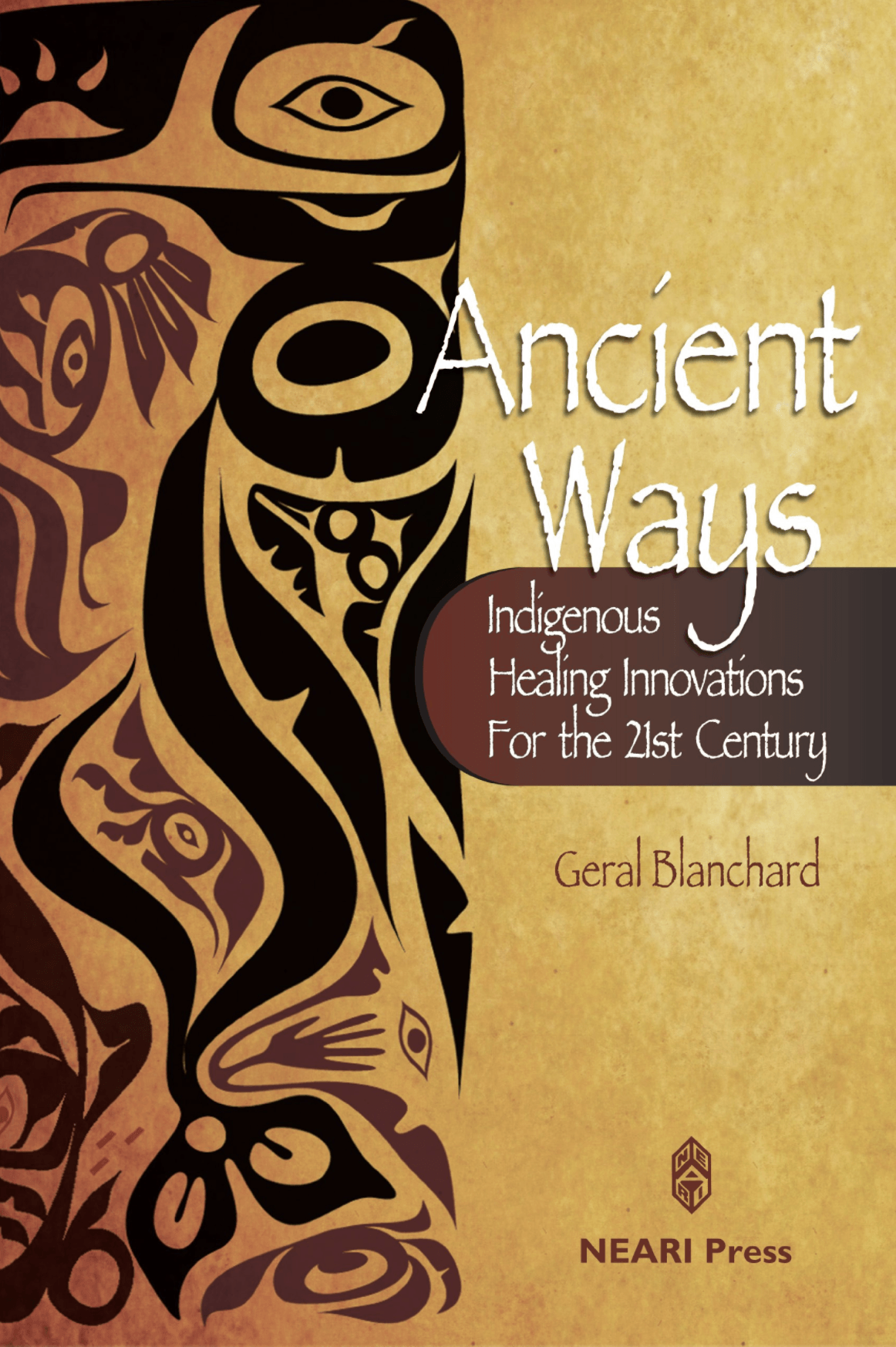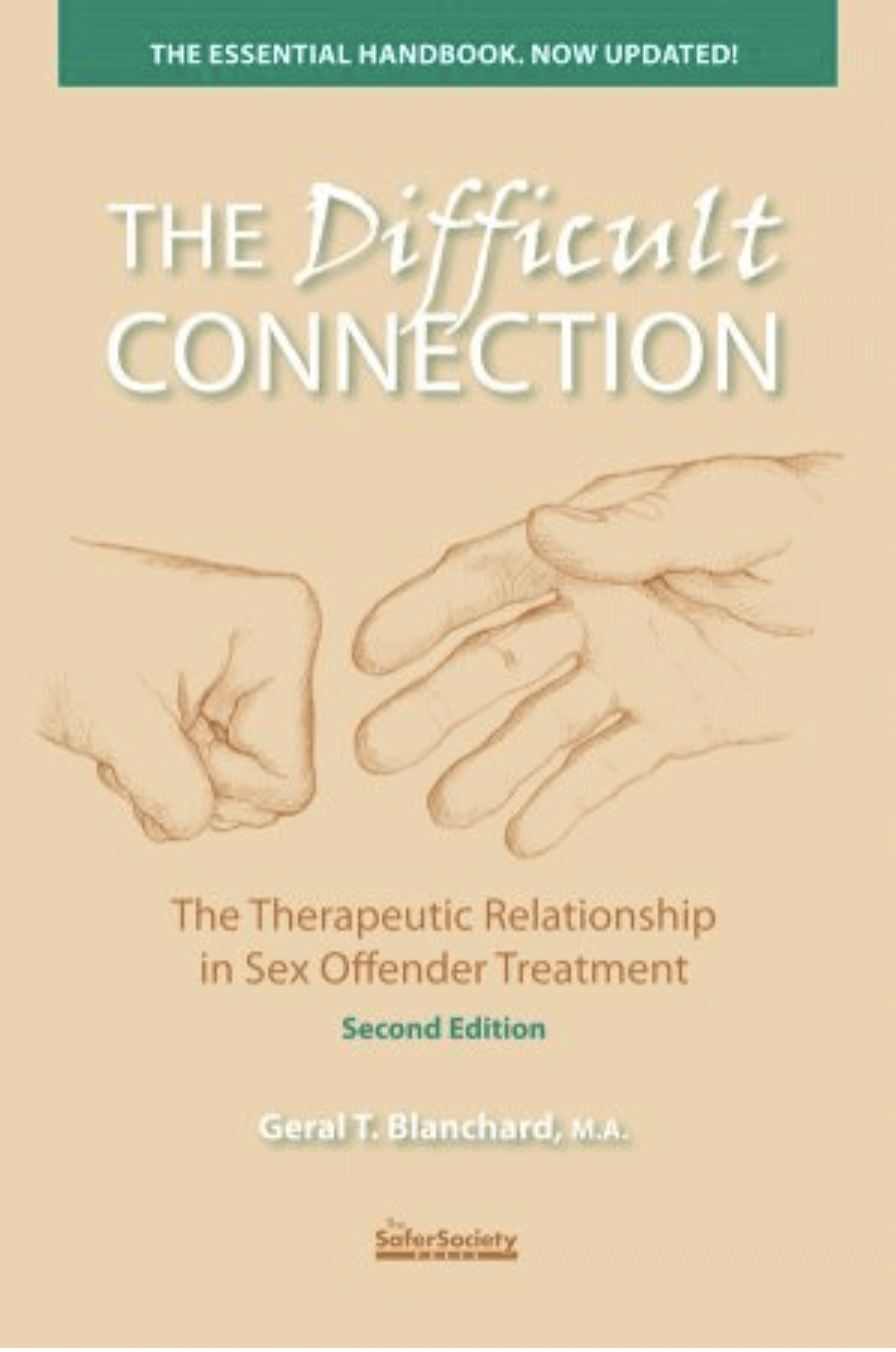Geral Blanchard, LPC, is a psychotherapist who is university trained in psychology and anthropology. Formerly of Wyoming and currently residing in Iowa, Geral travels the world in search of ancient secrets that can augment the art and science of healing. From Western neuroscience to Amazonian shamanism, he has developed an understanding of how to combine old and new healing strategies to optimize recovery, whether from psychological or physical maladies.
Trauma and Kintsugi
Painful life events can cause us to either breakdown or breakthrough. That is one of the messages of the ancient Japanese art of kintsugi (golden joinery).
It is the skill of repairing broken ceramic vessels with gold to make then stronger and more beautiful, especially at the cracks where they were visibly broken open. Those part are accentuated.
Too often the Western conceptualization of trauma -- with the help of trauma informed care, particularly the PTSD paradigm -- can convince people that, as a result of painful life experiences, lasting and irreparable harm has been done to them. Conventional psychology has often operated under what I call the “Humpty Dumpty Rule.” It goes like this: “Humpty Dumpty sat on a wall. Humpty Dumpty had a great fall. All the king’s horses and all the king’s shrinks couldn’t put Humpty together again.”
The art of kintsugi symbolizes how renewal is possible. And once a piece of pottery is repaired – much like a fractured bone – it can become stronger at the broken places. Kintsugi epitomizes the importance of embracing our perceived flaws. And this art form further suggests that instead of restoring something or someone to its past form, it actually highlights the recent scars. The scarring actually becomes part of a new design, something beautiful and very unique. Seeing a piece of pottery restored with golden veins filling in the cracks serves as a lasting reminder of perseverance and resilience.
Kintsugi is also a psychotherapeutic metaphor for the way in which we can reframe hardships. It serves as an aide-me’moire that we are far more than victims of past circumstances. In fact, it further suggests we won’t realize our full potential until we go through difficult times.
Kintsugi reflects and reveals how we can come out the other side after trauma feeling stronger than before, what positive psychology therapists call post-traumatic growth (PTG).
Trauma recovery starts by imagining the veins of gold that flow through you and can add to your beauty and strength. The Kogi tribe of Colombia believe gold is the blood that flows through Mother Earth, the Creator that South American tribes refer to as Pachamama. Historically, they made beautiful artifacts from Her gold, only to return the items to Mother’s belly as gifts of art, acts of reciprocity.
The message of kintsugi therapy (made that term up) is to envision yourself as constantly unfolding into new and improved forms. It is about celebrating imperfections that originated in emotional pain. It is also about a mindset that finds opportunities for growth everywhere. Kintsugi can shift your worldview from striving for an impossible ideal (think of eating disorders, or body dysmorphia) to a more positive, accepting, and strength-based view of yourself. This approach exploits challenges for future benefits. Strength arising from within becomes more powerful than anything negative that has happened to us.
**********
“Clay is molded to make a pot
but it is the space where there is nothing
that the usefulness of the clay pot lies.
Cut out doors and windows to make a room,
but it is in the spaces where there is nothing
that the usefulness of the room lies.”
- Lao Tzu
“There is a crack in everything. That’s how the light gets in.”
- Leonard Cohen
*********
Other Topics
Basics of MDMA
Rituals and Ceremony
Brain and MDMA
Trauma
Heart
Energy Movement
Quantum Physics
Native Cosmologies
Nature
Spirituality/Enlightenment
Kogi Tribe
Books written by Geral T. Blanchard
More Articles




